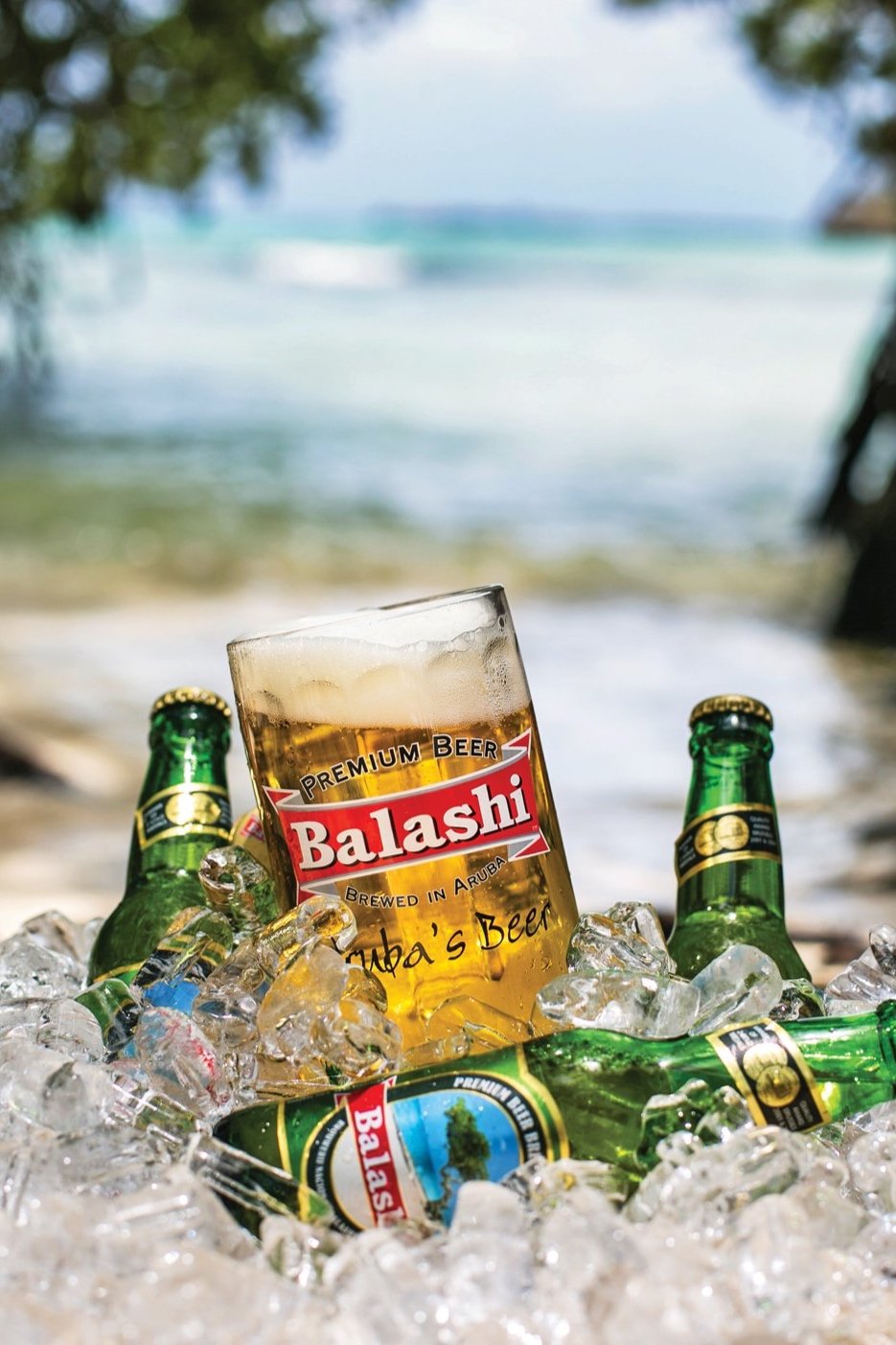Learning the Lingo
Aruban Local Food Essentials
— By Joanna Fox
Funchi
With a name that translates to ‘cornmeal mush’, this popular Aruban side dish is very similar to polenta. The cornmeal is heated, mixed with water and butter, and then stirred vigorously to form a soft, sticky paste. It’s either served right on the plate or set in a pan to be sliced, grilled, and sometimes covered with melted cheese.
Pan Bati
Pan bati means ‘smashed bread’, which explains why this traditional seafood side dish looks a lot like a pancake. Used to mop up fish soup and served on the side with pisca hasa, or ‘fried fish’, it is made with flour, corn flour, and baking soda. These Aruban-style flapjacks are cooked in a casuela, a traditional clay baking dish originally from Spain.
Keshi Yena
Back in the day, when there was only one food shipment to the island a week, Arubans had to be mindful of their food supplies and learned to be creative with their dishes. One such dish, keshi yena, uses the outer shell of an Edam or Gouda cheese round (once the wax is removed) and is stuffed with spices, onions, peppers, eggs, cheese, and either beef or chicken. Keshi is the Papiamento word for cheese, and there are many modern interpretations of this classic baked dish found in Aruba today.
Cala
Cala is a great snack food composed of black-eyed peas that have been soaked, pureed, and mixed with spices, then rolled into balls and deep fried in fat or vegetable oil. Crunchy on the outside and warm and soft on the inside, these bean fritters are irresistibly delicious.
Cool Island Soup
There’s no better way to beat the heat than with a bowl of Aruban cool island soup. This refreshingly cold concoction is a tropical mixture of pineapple, papaya, cantaloupe, and unsweetened apricot juice. As a balancing ingredient, it’s hit with a serious shot of fresh lime juice to give it a citrus kick.
Pastechis
The empanada-like pastry called a pastechi is Aruba’s version of the perfect handheld snack, great for any time of the day or a light meal to grab when you’re on the go. These half-moon shaped savory pies are stuffed, deep fried, and come in a variety of flavors, including cheese, ham and cheese, beef, chicken, and fish. If you happen to drive by the Tia Rosa Snack truck, stop by and try one of their home-made pastechis and instantly become a convert to this Spanish-inspired national snack.
Pica di Papaya
This Aruban hot sauce can be found in any of the island’s restaurants, souvenir shops, and grocery stores. There are several brands that make their own versions, including Hot Delight and Aruban Creations, but many of the local chefs also pride themselves on their own versions. Made from locally grown green papayas and mixed with vinegar, spices, and hot chilies, this addictive condiment can be added to just about any dish and is a kitchen staple in households all over the island.
Madame Jeanette Peppers
This variety of hot pepper originated in Surinam and is now grown in Aruba. The pepper’s colors vary from red to yellow and are exceptionally hot, with undertones of fruit flavors such as mango and pineapple. Although they look similar to bell peppers, be wary of their habanero-like heat level that will definitely make you break a sweat.
Bolo
Bolo means ‘cake’ and there are several popular versions that are served on special occasions, including birthdays, holidays, celebrations, and especially weddings. Given to guests as a token from the bride and groom to mark the event, bolo preto, or ‘black cake’, is a rich mixture made up of prunes, currants, raisins, dates, and figs. The moist cake is then steeped for at least two days in cognac, porto and cherry cordial. Bolos come in many other flavors, including bread pudding (pan bolo), cashew cake (bolo di cashupete), chocolate torte (bolo di chuculati), eggnog cake (bolo ponche crema), and prune cake (bolo di pruim).
Balashi and Chill
Brewed right on the island, these two local craft beers are the perfect beverages for the easy, breezy Aruban lifestyle. Balashi was the first ever island beer and can be compared to a Dutch pilsner with a deep golden color, slight bitterness, and an aroma of fresh hops. Balashi’s younger sibling, Chill, is light, smooth, and best served with a wedge of lime. There are no additives in either of these beers and they can be found all over Aruba.













